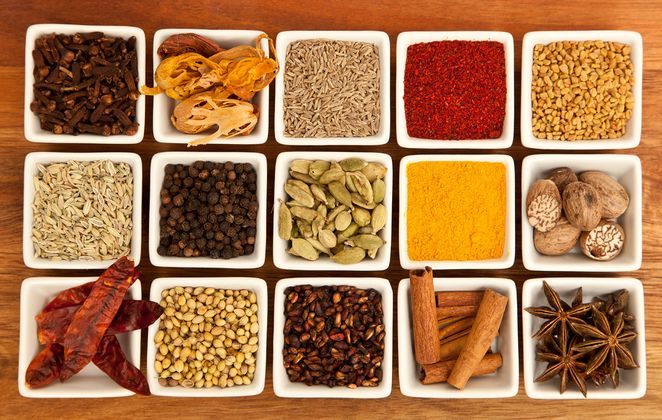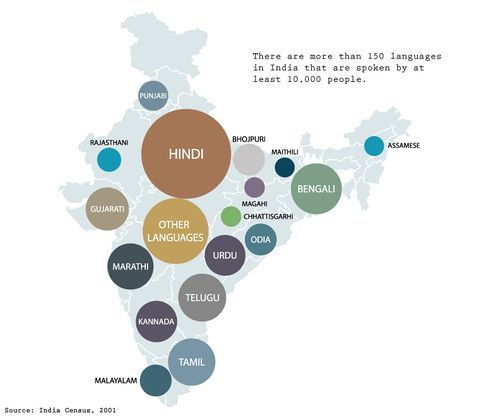Difference between revisions of "ICT student textbook/How to make data meaningful"
Jump to navigation
Jump to search
m (1 revision imported) |
Revision as of 18:10, 17 May 2017
Organizing data to make it meaningful
In this activity, you will see how we can identify different components in data and organize in different ways.
Objectives
- Data can be organized for meaning making
- Identifying data elements to capture for organizing data
- Identifying method of organizing that will allow you to answer the questions (building a table for data)
- Understanding the importance of representing data in pictures
What prior skills are assumed
- Understanding of different types of data
- Creating folders and saving files
- Opening a given file with the correct application
- Familiarity with using a key board
What resources do you need
- Data in the form of bar graphs, pictographs, maps (images)
- Learn Firefox for accessing internet
- Handout for Ubuntu
- Handout for LibreOffice Writer
- Handout for Tux Typing
What digital skills will you learn
- Working with different files and applications
- Creating and editing a text document
- Organizing files and folders
Description of activity with detailed steps
Teacher led activity
|
Student activities
Data collection and organizing Now you will create your own data sets based on things around you. You will work in groups with your friends. In this section we will focus on creating data sets in the class. The following activities can be taken up by different sets of students. For all these data sets, make pictographs when possible and also represent in a table form (You can also create table in your text document, and insert the data into the rows and columns).
- Data is about us: Data is about us, around us. To see how, collect the following information about your class:
- Make a list of the kinds of foods eaten in the class over a week - these should be in some categories like sambar, rice, brinjal etc. And tabulate this as pictograph and with numbers. Also list the food groups covered in the diet in each day.
- Find out the favorite movie song of all students in the class and tabulate. Think about how you will ask the collection, how you will collect it and how you will organize it.
- Find out the favorite subject of your class
- Find out the favorite game of the students of your class
- Find out the favorite food of the students of your class
- Know your neighbourhood: Go around your school or home neighbourhood for a survey. Find out the following: the types of houses, the number of household members, the number of houses with school going students, the number of houses with students in college, the number of houses with cooking gas connection.
- Material around us: You collect data on what fabrics things around us are made of. You can also classify and tabulate fabrics by properties. Classifying different kinds of fabrics based on properties.
- Analyse kitchen ingredients as acid or base (your teacher will help you with how to identify an acid or base)
- Profile of the newspaper : Pick 3-4 newspapers from your library. Collect the following data from each newspaper.
- Date of the newspaper.
- Day
- Total number of pages in it.
- Price of the newspaper.
- Name of the editor.
- Number of comic strips/ games/ puzzles/ crossword.
- Number of Letters to editor.
- Number of advertisements.
- Studying the flags of the world: With a collection of flags of various countries, try to organize them based on various parameters like colour, shapes contained, symbols contained and so on. This data can be tabulated for analysis. The flags can be found here.
- Organizing our ICT resources: Revisit the data sets created in the school lab computers for the activity What all can a computer do. Organize the resources in terms of features like size of the file, type of the file, application needed to open it and how this file could be used.
- Making an infographic
- Draw a route map from school to your house
- In groups, make a infographic (sketch) of the following - your school, the local park or playground, your community
- In groups discuss how symbols for infographics can be developed.
Portfolio
- Your data collected, in raw format (it can be photos of your data collection)
- Your data tabulated, this can be done using paper and pen and digitized. In later activities, you will learn how to create this tabulation digitally.
- Your own notes on how you organized the data and what you have learnt; this can be in the form of handwritten notes and digitized. In later activities, you can create this digitally either in the form of concept map or text document.
- Infographic created and digitized


